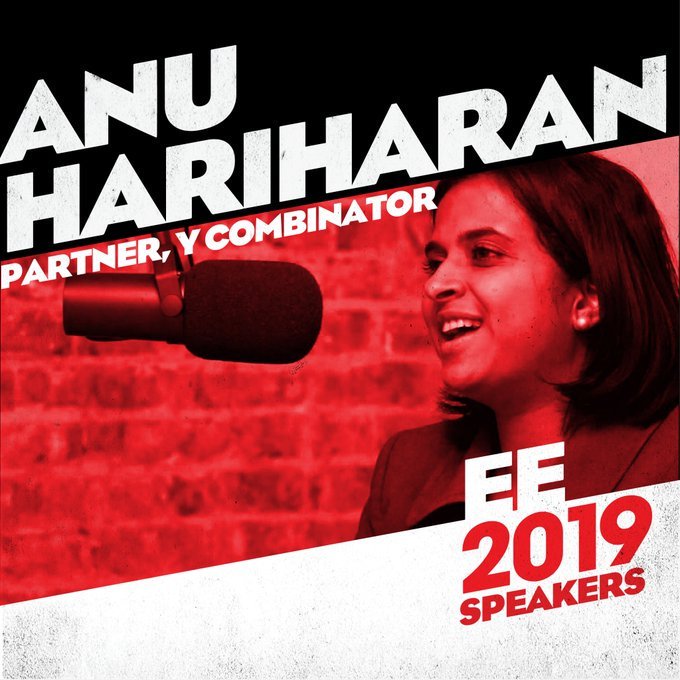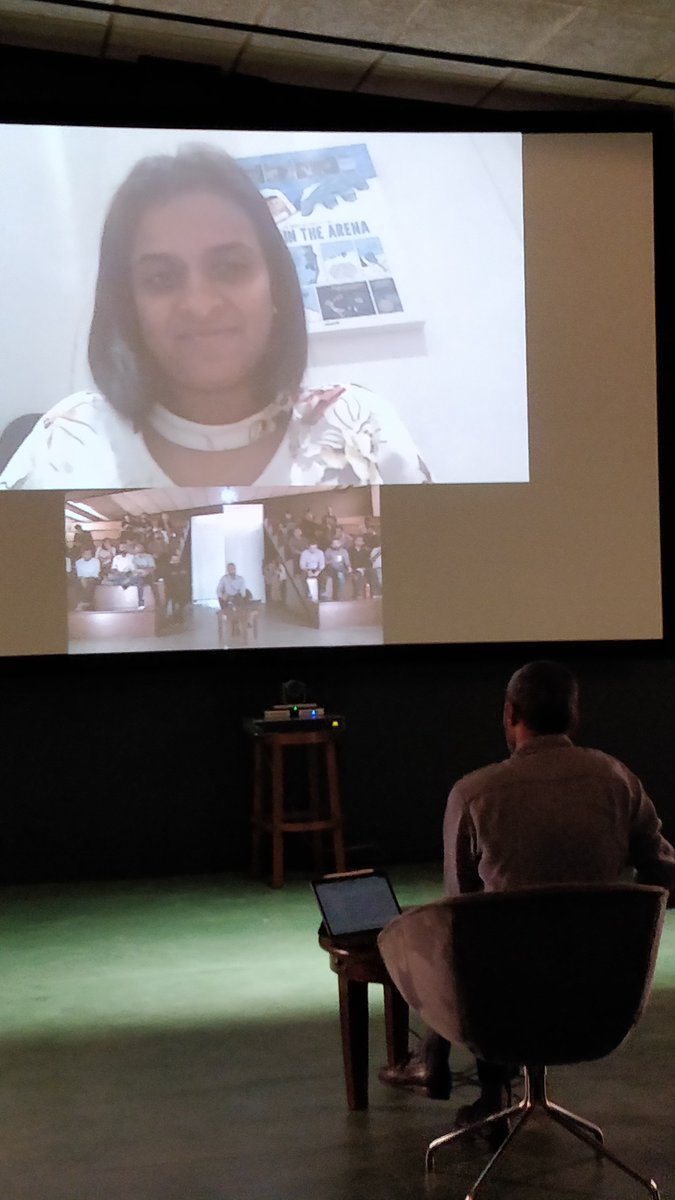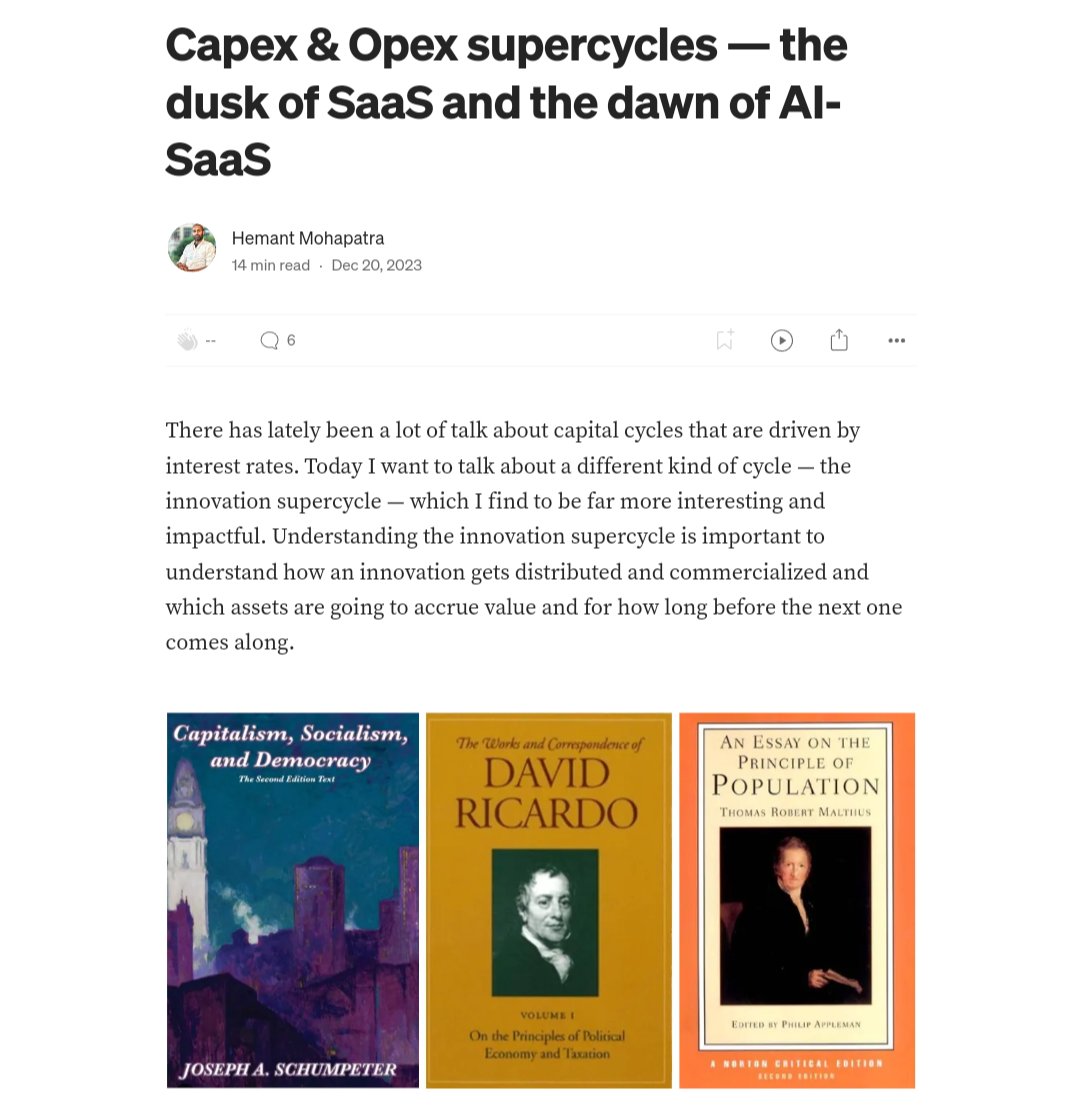Can’t thank ace investor and dear friend @anuhariharan of @ycombinator enough to join us again for a masterclass at #EE2019 @lightspeedee, and take the cohort back to “Startup Basics” and what differentiates companies that breakout from those who don't. Thread below (1/13) 👇 



@anuhariharan @ycombinator @lightspeedee Anu kicked off with a provocative thought - “Start by doing things that don’t scale”. Recruit your first 100 users manually. Talk to them, get direct feedback, the learning is unparalleled. This is your chance to really test the product in a closed controlled environment. (2/13)
@anuhariharan @ycombinator @lightspeedee Your first 10 hires are mission critical. All the 20-30-40 you bring after that will be exactly like them. You really need people who can roll up their sleeves and do whatever it takes. (3/13)
@anuhariharan @ycombinator @lightspeedee Knowing who to hire requires deep introspection among co-founders. Write down strengths of the founding team. What complements do you need right away? E.g. Brex’s founders spiked on engineering, particularly back-end. One of their first hires was a strong UI/ UX person. (4/13)
@anuhariharan @ycombinator @lightspeedee On hiring and firing, Anu recognised that no matter how hard you try, you will make mistakes. However, this is a skill that you need to learn and evolve in. It’s absolutely unavoidable and becomes increasingly important as you scale. (5/13)
@anuhariharan @ycombinator @lightspeedee What differentiates successful founders over time is *speed* of decision making. You might make mistakes, but course correcting is something you only learn over time. No "wrong or right" decisions, more "good or bad" decisions basis the info you have at the time (6/13)
@anuhariharan @ycombinator @lightspeedee “Co-founder relationships last 10-20-30 years, often longer than marriage.” Anu encouraged founders to write down co-founder name against the ultimate decision authority on 6-7 areas (fundraising, product roadmap, hiring, customers, sales etc.) that cause most dissonance. (7/13)
@anuhariharan @ycombinator @lightspeedee Co-founders should have informal 1:1s once a week at least. Have honest dialogues, give direct feedback. You’re each invested in success of company. Always ask “What makes the company successful, not what makes you individually successful.” (8/13)
@anuhariharan @ycombinator @lightspeedee You have to be okay saying I don’t know this, need to bring someone who does. You won’t scale until you reflect on whether “is this the best use of my time?” (9/13)
@anuhariharan @ycombinator @lightspeedee On founder stress/ health, Anu made an imp. point that nothing is worth building if it compromises sleep & eating and exercise. You are your biggest super-power - if you can't scale, nothing will. (10/13)
@anuhariharan @ycombinator @lightspeedee Using Bezos’ framework, she said “When things are going wrong, it’s never as bad as you think. When things are right, it’s never as good as you think.” (11/13)
@anuhariharan @ycombinator @lightspeedee What helps overcome stress? Co-founder relationships, coaches, writing down unanswered questions and deciding actions against each. Most often, it is the indecisiveness that causes stress. (12/13)
@anuhariharan @ycombinator @lightspeedee Finally, just saying “Do right by customer” isn't enough. It's the hard decisions you make that define company culture.” A now B$ co almost went bankrupt in early days coz they refunded an unhappy customer. 1 customer vs company: they chose the customer! Thanks @anuhariharan 🙏
• • •
Missing some Tweet in this thread? You can try to
force a refresh











